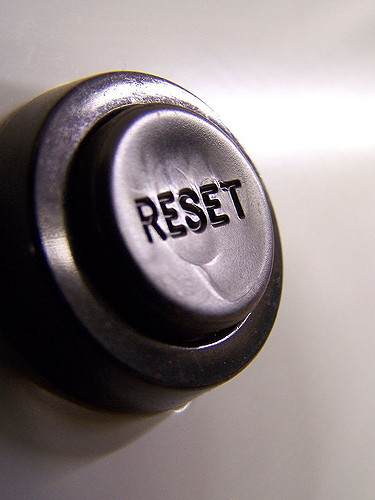No excuse: Just do it
If you take a look at all the devices we have these days, over-connected and filled with apps and what-have-you’s, the excuse of not ‘getting around’ to producing content just is pathetic. Right now I’m on my phone, using a lull between two meetings. When my battery indicator prompts me to plug in my charger,…


